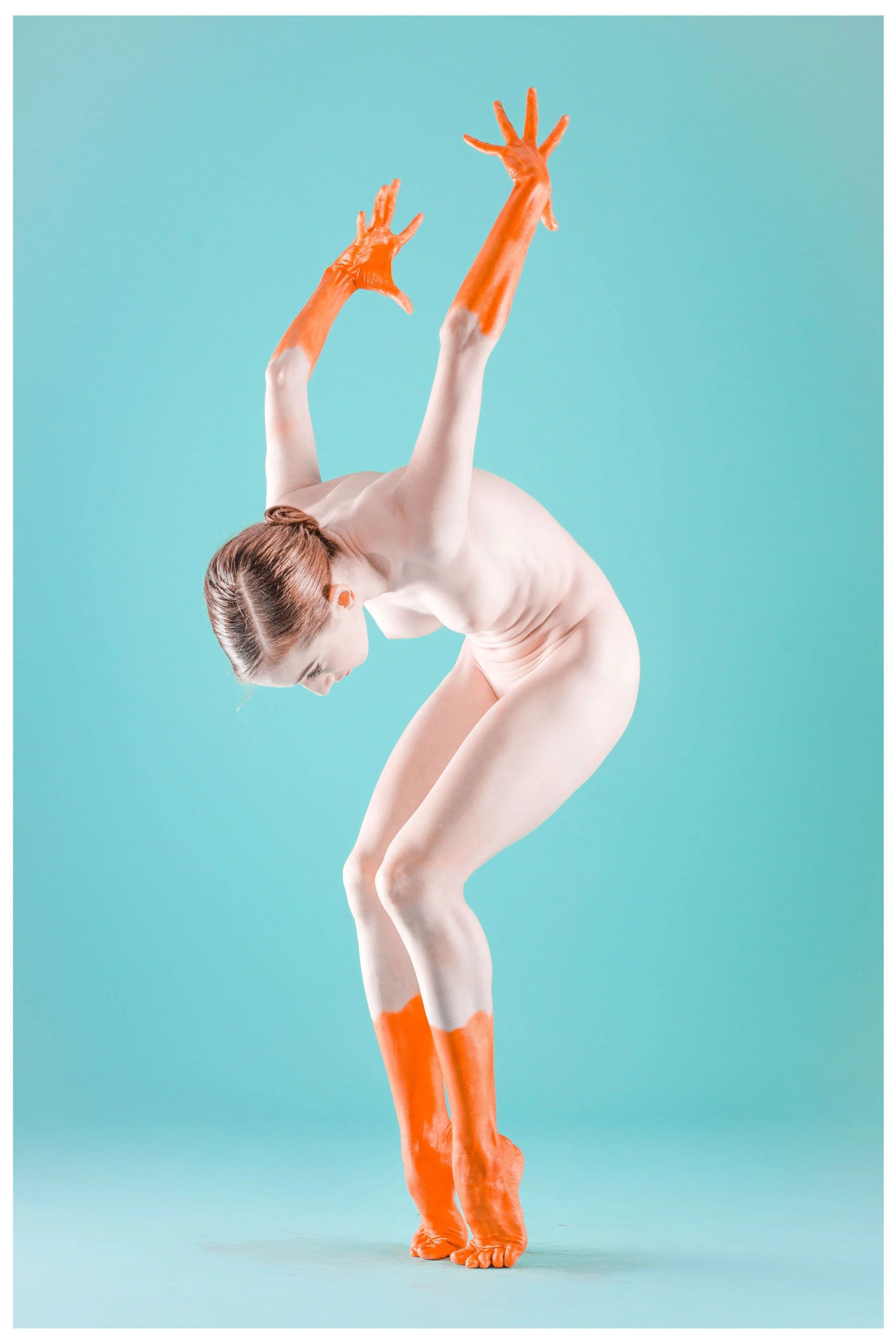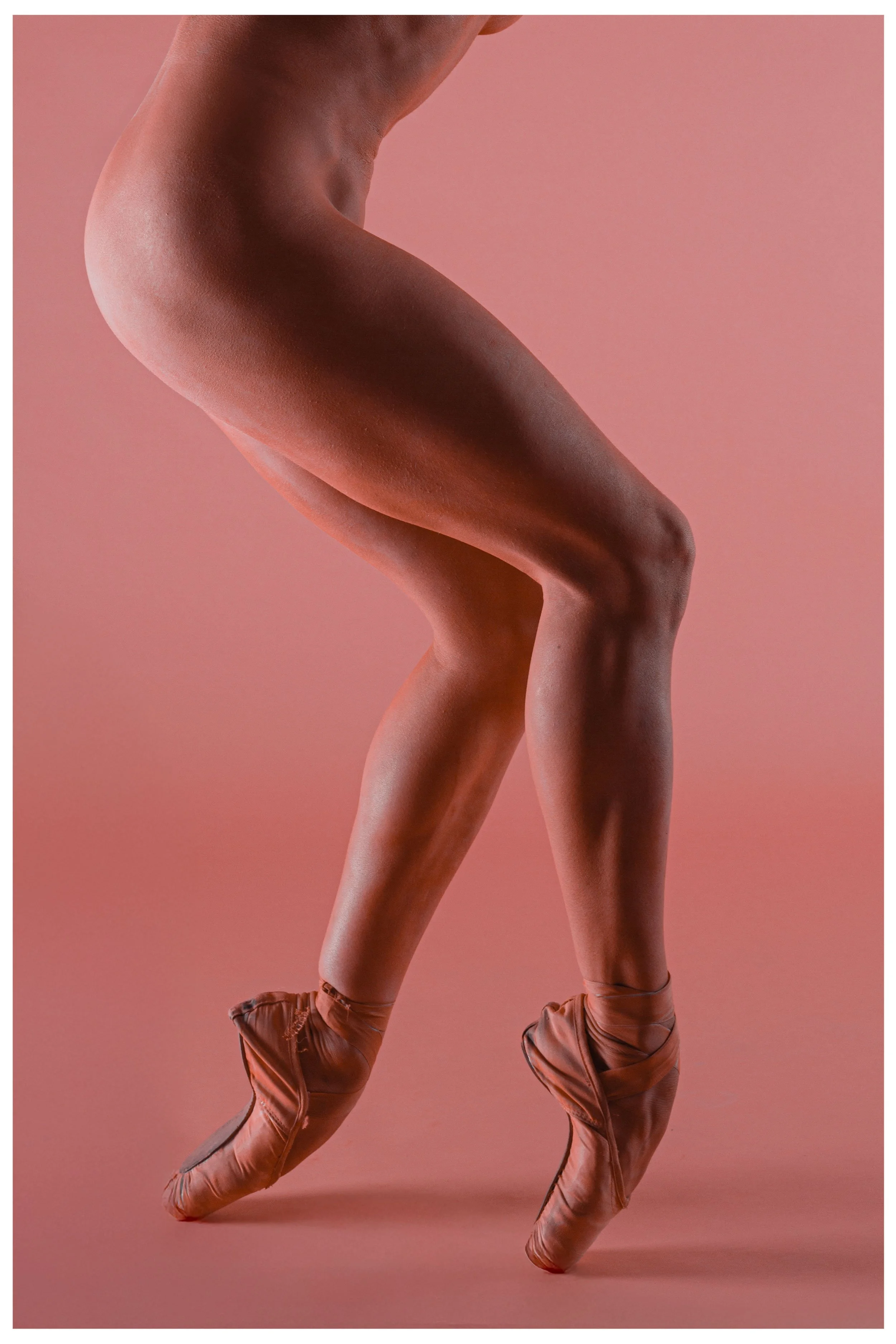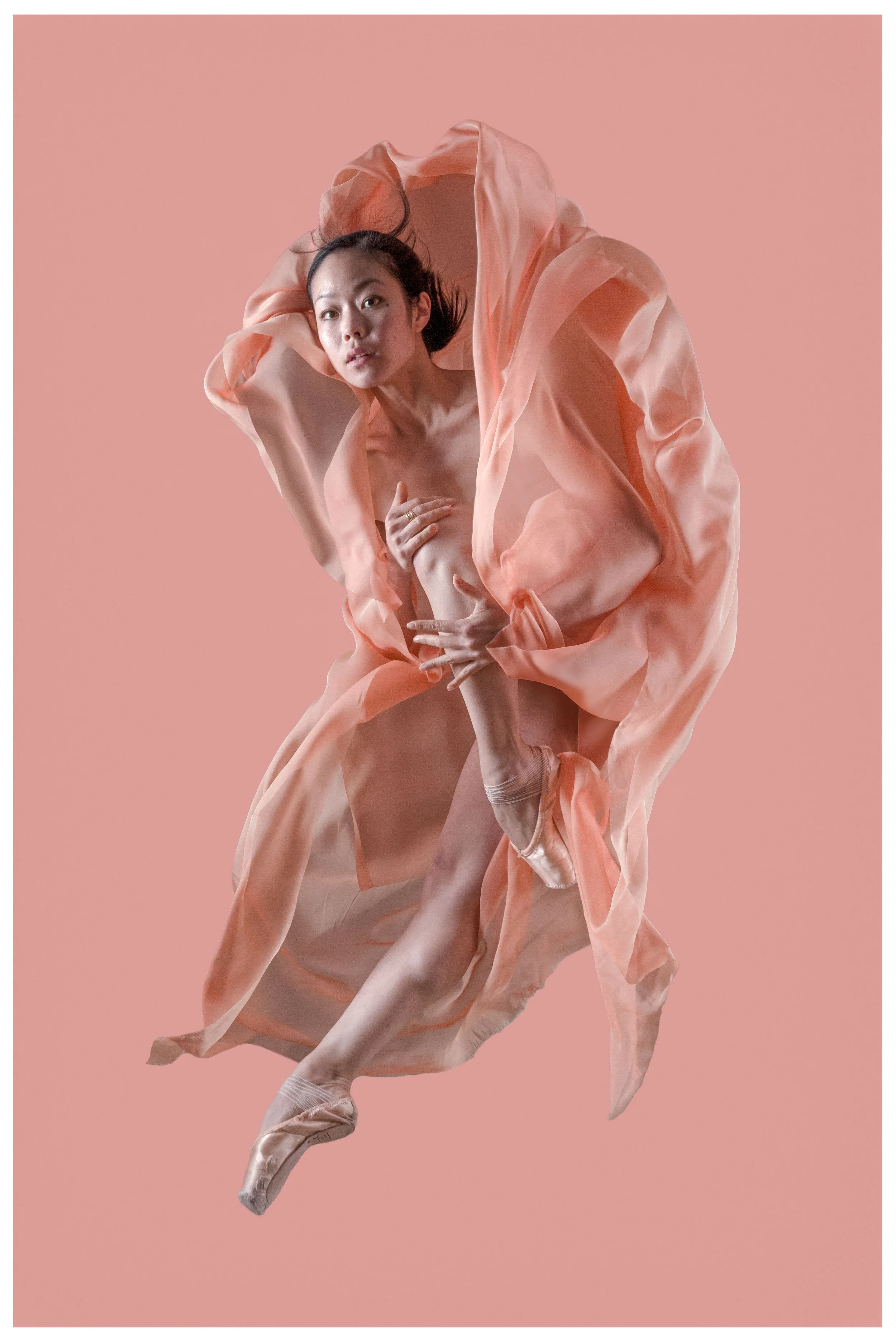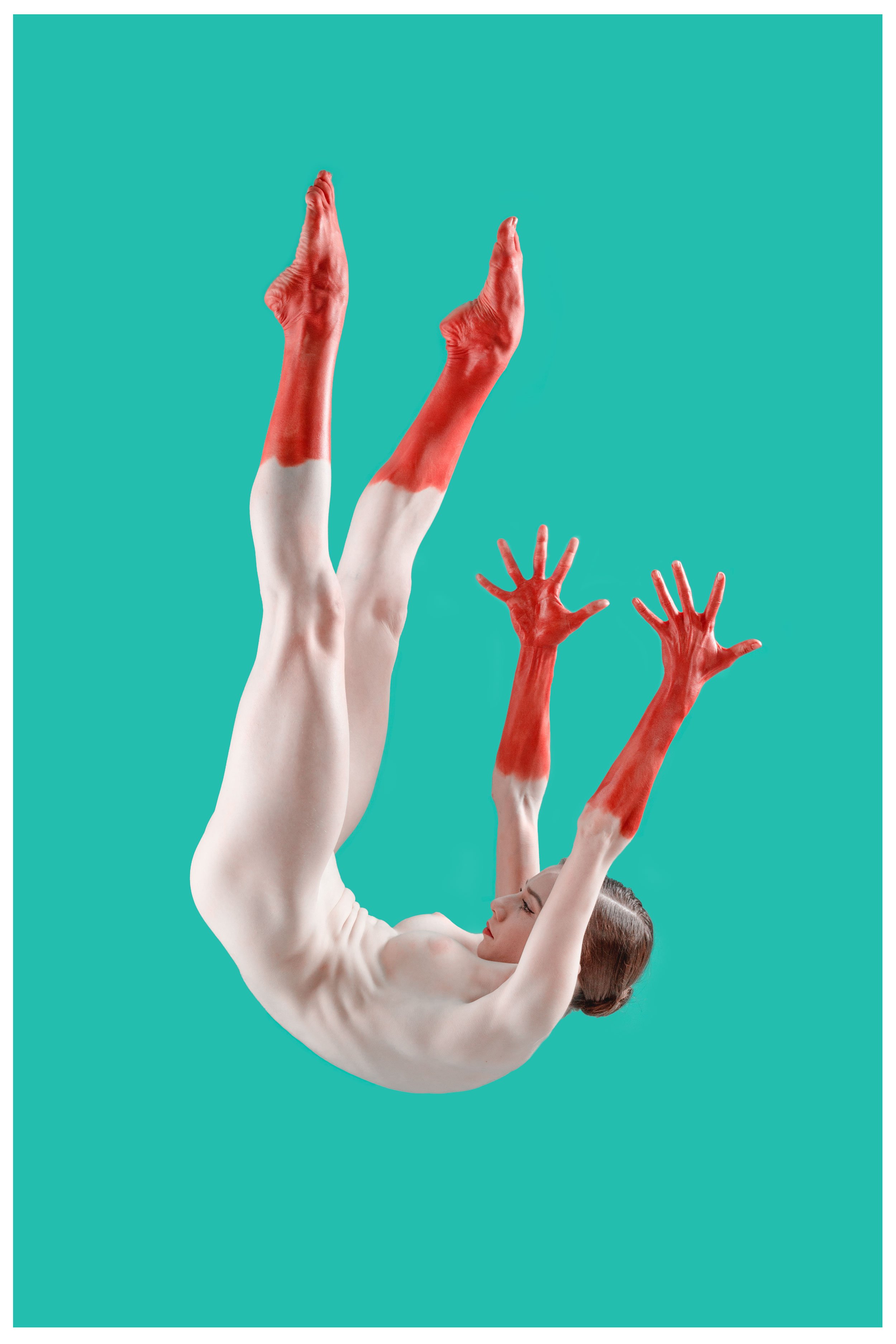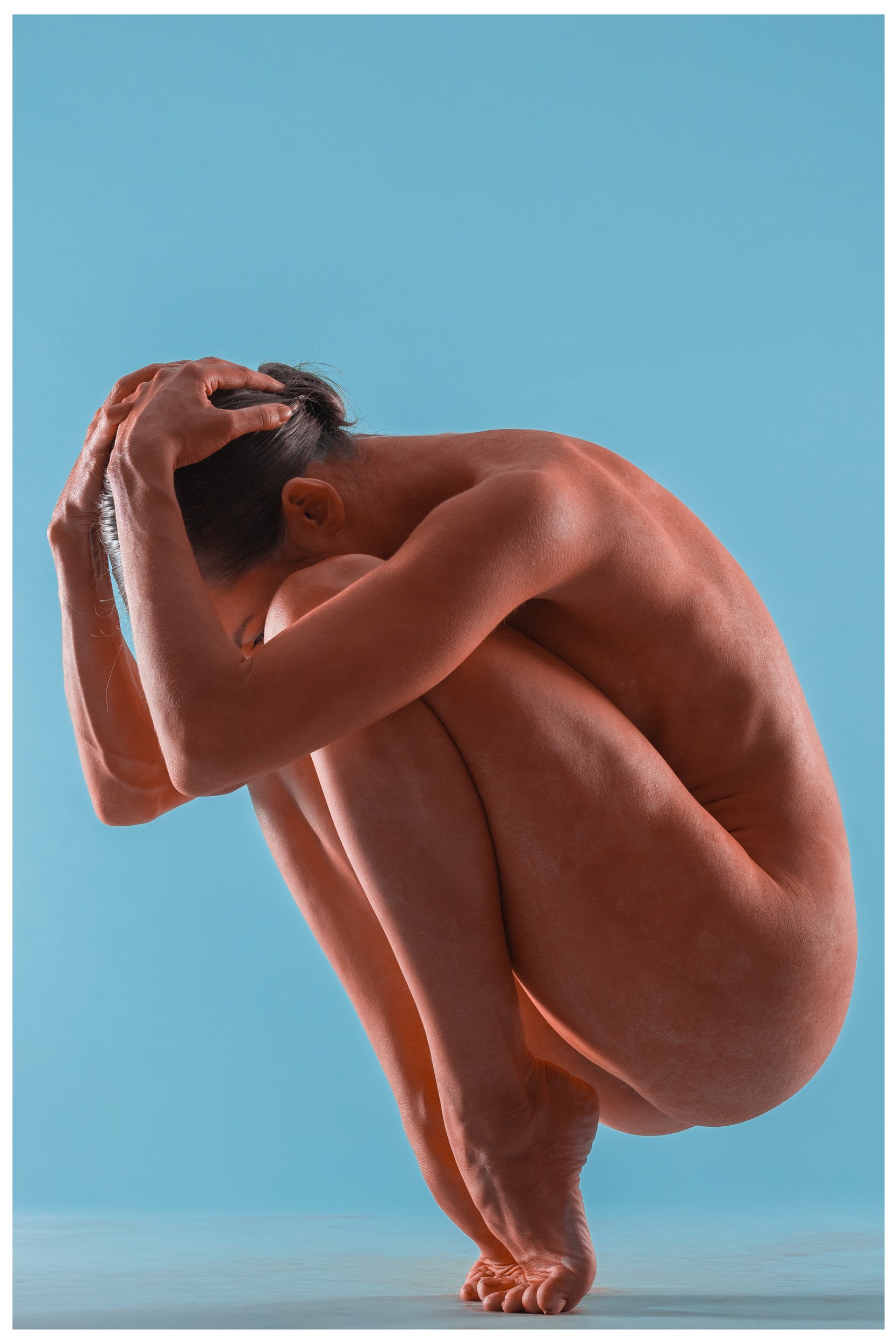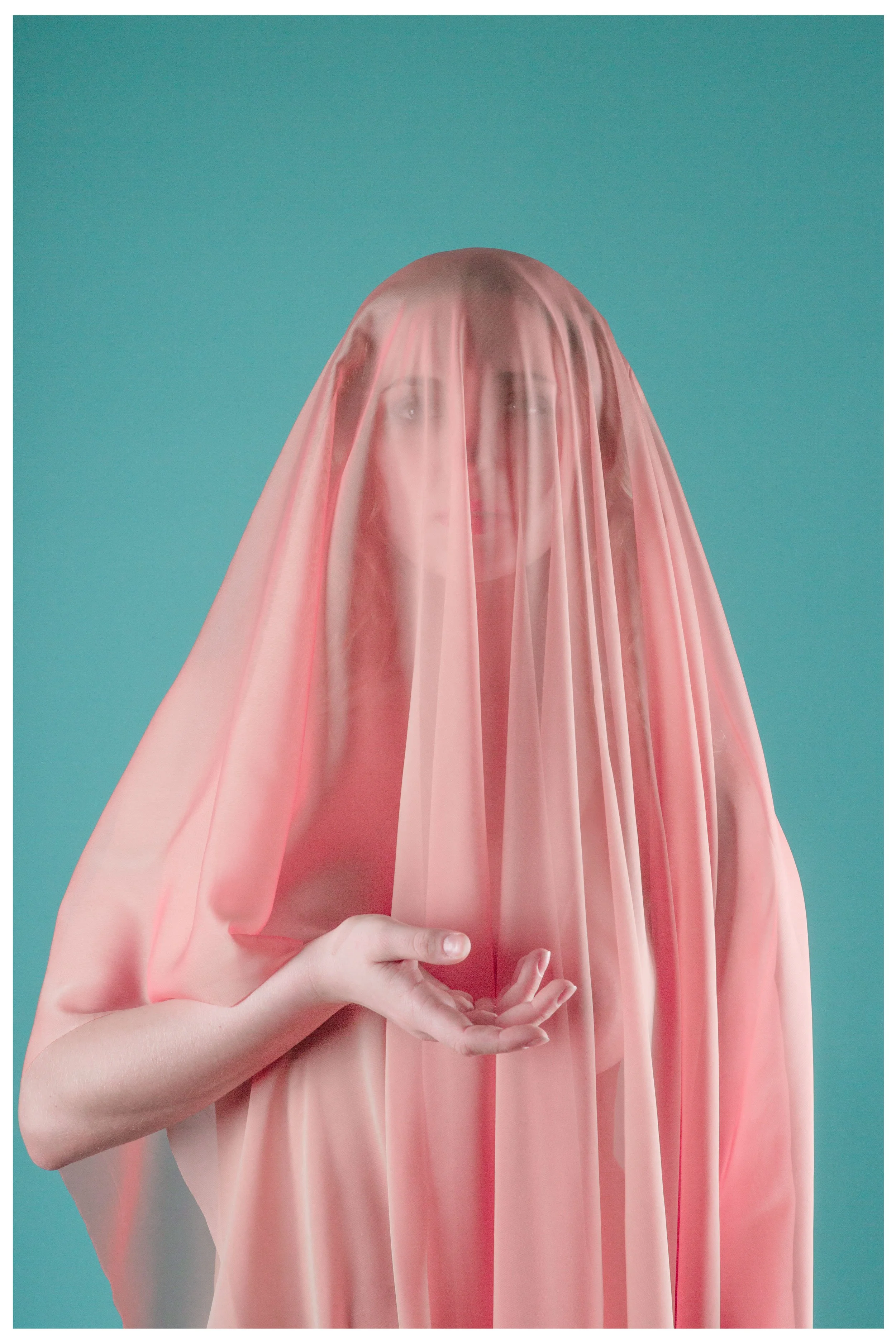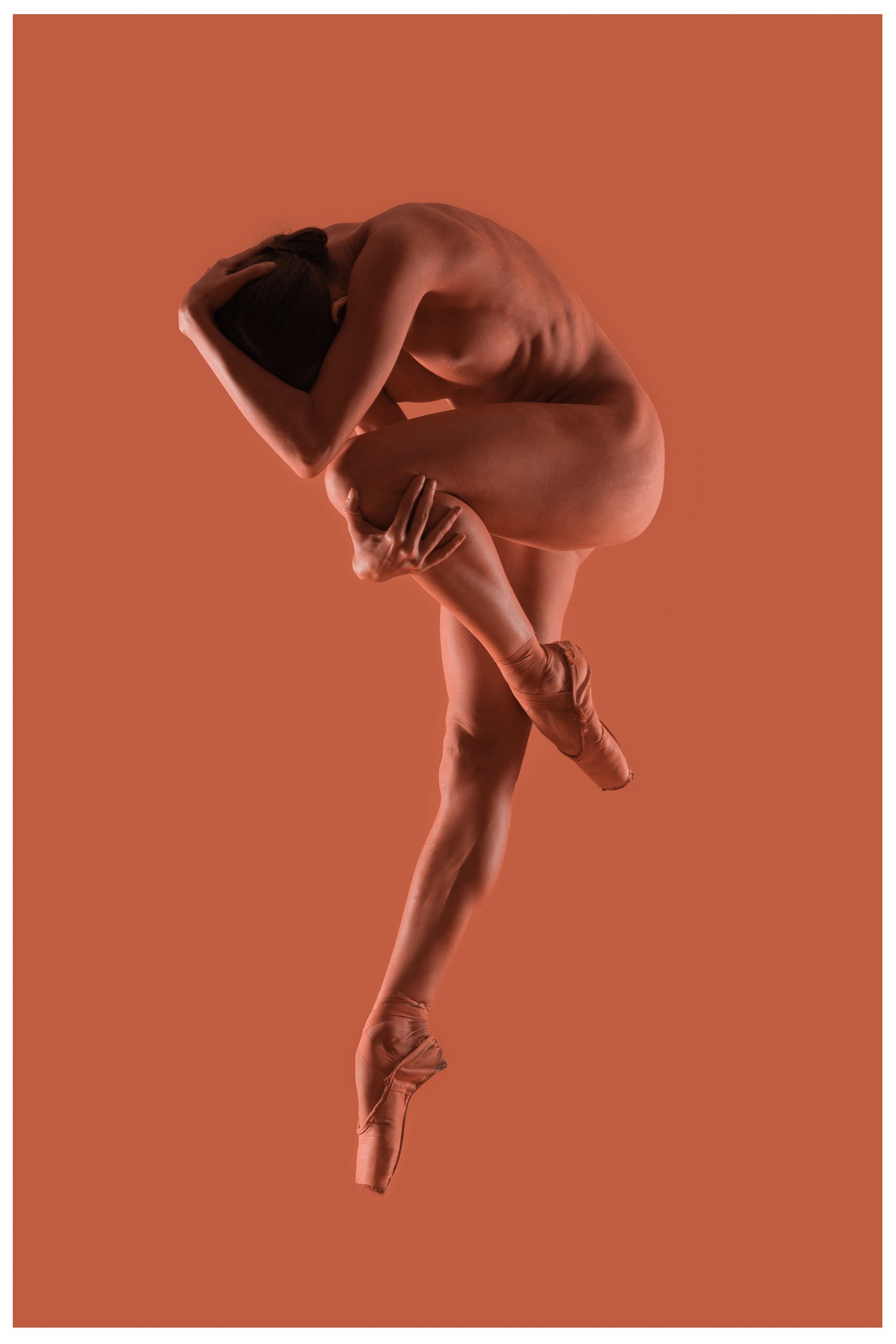discernible beauty
photography exhibition in Lisbon
This body of work, created over several years, centers on professional female ballet dancers from international ballet companies.
Discernible Beauty explores the tension between Western performing arts, capitalist visual culture, and the role of the female body in both. Through a photographic dialogue between the artist and the dancers, the series examines how the physical form is both displayed and idealized, drawing from religious iconography, classical painting, expressionism, and advertising. The project highlights the aesthetic beauty of ballet while simultaneously revealing the emotional and psychological costs of conforming to physical ideals.
While Western visual culture often links physical beauty to sexual availability, the bodies in this series combine athleticism with an undercurrent of fragility and inner turmoil. The images address the emotional toll of striving for physical perfection, particularly (but not exclusive to) on women in the ballet world, exposing the self-perceived flaws that dancers develop as a result of this pressure.
The project was developed through conversations with the dancers about their personal struggles with body image, stemming from societal expectations, negative comments, and physical challenges. Each image corresponds to a dancer's statement about their own insecurities—"I hate my feet," "My calves are too weak," "My left foot is terrible," and so on.
Central to the series is juxtaposition: self-perception versus external perception, strength versus fragility, beauty versus concealment. The use of color to emphasize beauty contrasts with fabric, which historically veils it. Ultimately, Discernible Beauty visualizes the inner conflict of professional dancers, showcasing the hidden vulnerabilities they are forced to conceal in a profession that demands perfection.
3 to 20 december 2024
FBAUL - Faculdade de Belas-Artes da Universidade de Lisboa
Largo da Academia Nacional de Belas-Artes, 1249-058, Lisboa
the photography exhibition was made possible in part by support from the flemish government

